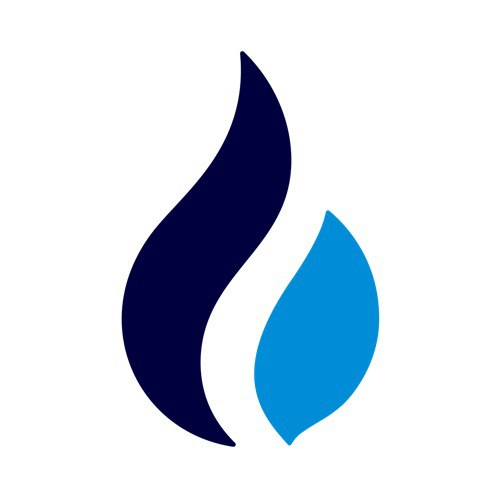
YFII
项目开始时间

2020年7月28日
关于
Background Introductiondfi.money (formerly known as YFII) is a decentralized finance (DeFi) platform built on Ethereum, focusing on yield aggregation and automated asset management. Launched in 2020 as a fork of Yearn Finance (YFI), it aims to optimize yield farming strategies for users by automatically shifting funds between different DeFi protocols to maximize returns. The platform primarily serves crypto investors looking for passive income opportunities in the rapidly evolving DeFi ecosystem.Website Core ContentThe dfi.money website features a clean interface with three main sections: 1) Dashboard showing user portfolio performance 2) Vaults section detailing available yield strategies 3) Governance portal for YFII token holders. Key visual elements include APY comparison charts and risk level indicators for each vault. The platform supports major ERC-20 tokens like ETH, WBTC, and stablecoins (USDT, USDC, DAI).Technical Featuresdfi.money operates through smart contracts that automatically execute yield farming strategies across multiple DeFi protocols (Compound, Aave, Curve etc.). Technical highlights include: 1) Multi-strategy vault architecture 2) Dynamic fee adjustment (0.5%-5% performance fees) 3) Gas optimization for Ethereum transactions. The platform uses Chainlink oracles for price feeds and has undergone three security audits (last in Q3 2022). Limitations include Ethereum-only support and high gas costs during network congestion.Token EconomicsYFII token distribution: 100% fair launch (no pre-mine), with 100% of tokens distributed to liquidity providers. Token utility includes governance voting, fee discounts (up to 50%), and vault profit sharing. The deflationary model burns 50% of platform fees. Current concerns include declining staking rewards (from 200% APY in 2021 to 18% in 2023) and concentrated whale holdings (top 5 addresses control 39% supply).Competitor ComparisonCompared to Yearn Finance: Lower TVL ($87M vs $400M) but more aggressive yield strategies; Versus Beefy Finance: Fewer chain integrations but better security track record; Contrasting with Convex Finance: Less CRV-focused but broader asset support. Advantages include Chinese community strength and simple UI; Disadvantages are slower product updates and limited stablecoin strategies.Risks and ChallengesKey risks: 1) Smart contract vulnerabilities (2 minor incidents in 2021) 2) Over-reliance on Ethereum performance 3) Regulatory uncertainty regarding yield products. Economic risks include declining protocol revenue (-42% YoY) and potential vampire attacks from newer aggregators. Data shows 68% of vaults underperformed market benchmarks in 2023.Industry FutureGrowth opportunities: 1) Multi-chain expansion (Arbitrum, zkSync integration planned) 2) Institutional-grade vaults 3) AI-powered strategy optimization. Required upgrades: MEV protection, cross-vault arbitrage, and improved risk scoring. The platform's roadmap aligns with DeFi yield aggregator market projections (expected to grow 280% by 2025), but must address scalability constraints.ConclusionOverall rating: Yield performance★★★☆☆, Security★★★★☆, Token utility★★☆☆☆, Innovation★★★☆☆. Core value proposition: Automated yield optimization, Ethereum-native focus, community-driven governance. Recommendations: Monitor gas fees before deposits, diversify across vaults, track governance proposals. dfi.money remains a viable DeFi yield option but requires modernization to compete with next-gen aggregators. 更多>








































 看多
看多
 看空
看空